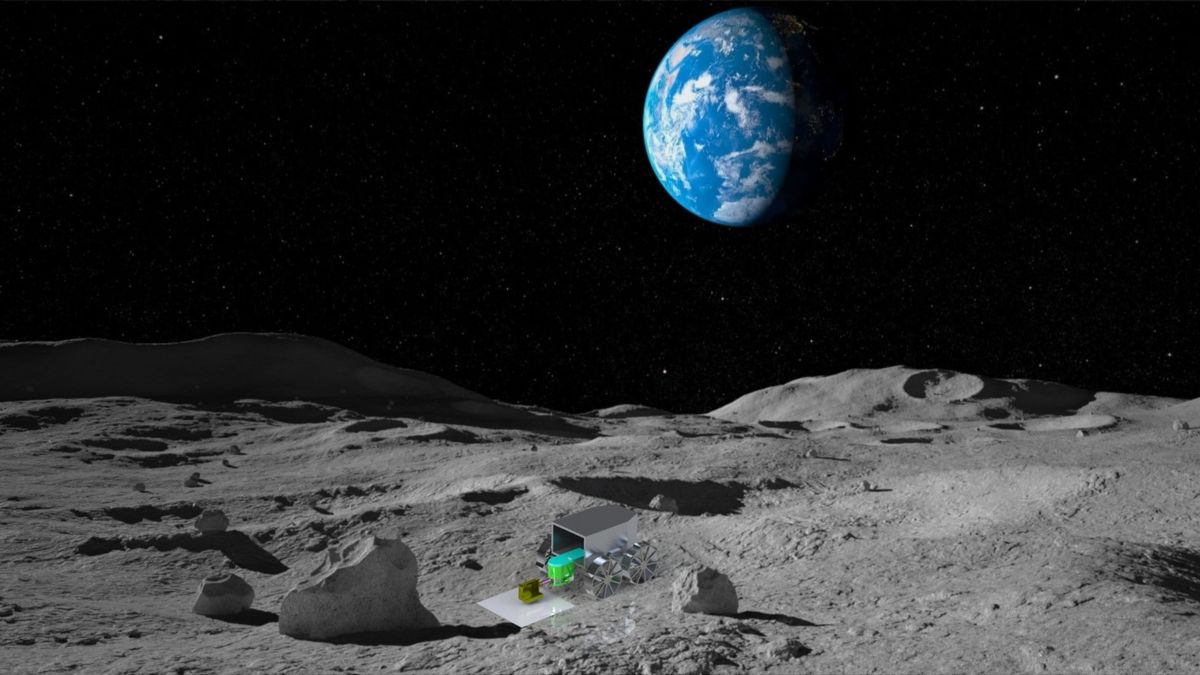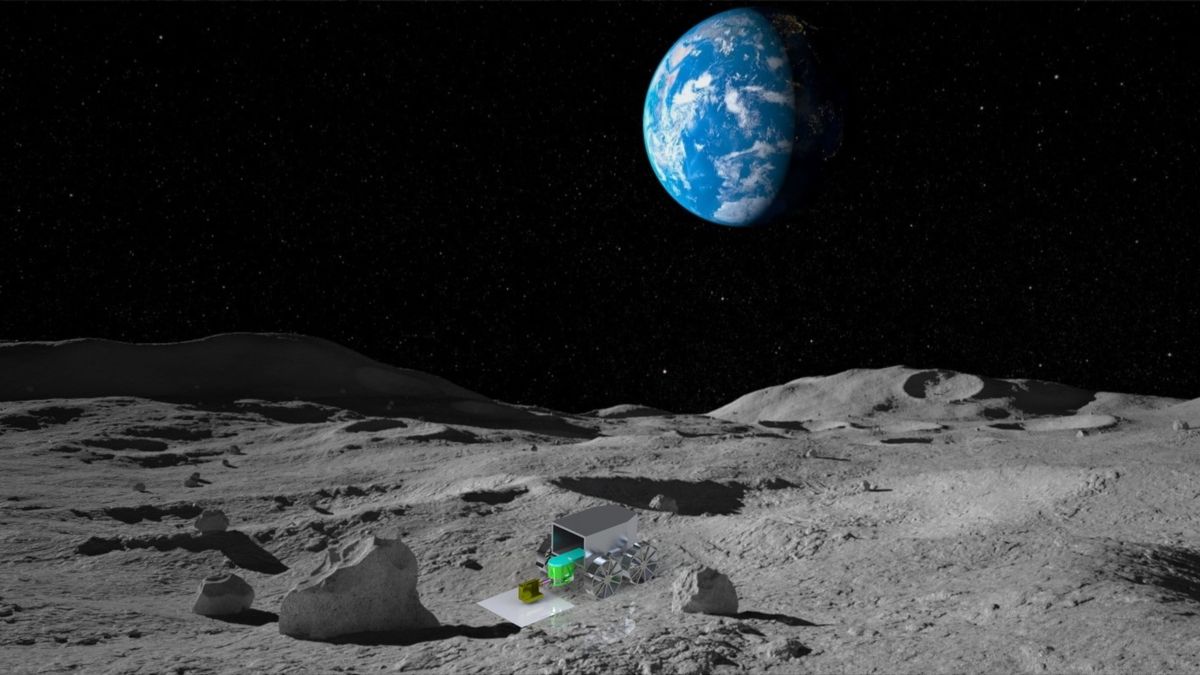
Australia’s first lunar rover has a name — now, it needs a design.
The Australian Space Agency is building a semi-autonomous rover, called “Roo-ver,” that will launch to the moon as early as 2026 in partnership with NASAs Artemis lunar program. The rover will collect samples of lunar “soil,” specifically known as regolith, from which NASA will attempt to extract oxygen — a key step toward establishing a sustainable human presence on the moon and producing rocket fuel to support future missions to Mars.
Recently, Australia hosted a naming competition for its first lunar rover concept, through which the name Roo-ver (as in Kangaroo) was chosen from more than 8,000 entries. The shortlist of names, including “Coolamon,” “Kakirra” and “Mateship” were subject to a public vote between Nov. 20 and Dec. 1.
Related: Australia launching moon rover on NASA Artemis mission as soon as 2026
Now, the public is invited to help design the rover’s Regolith Sample Acquisition Device, which will be responsible for collecting and transporting regolith samples to an In-situ Resource Utilisation (ISRU) facility managed by NASA on the moon itself.
Hosted by the Australian freelancing marketplace “Freelancer.com” and in collaboration with space consortium ELO2, the “ELO2 Big Dipper Lunar Regolith Acquisition Challenge” encourages innovators to contribute to the mission through proposed design concepts and recommendations. Winners from Phase 1 of the design challenge were recently announced, bringing Roo-ver — named in honor of the country’s next “leap” into space — one step closer to realization.
“We are impressed with the number and quality of submissions we received in Phase 1,” Joseph Kenrick, ELO2 technical director, said in a statement from Freelancer.com. “The different perspectives and insights from the teams is helping inform our own designs for the regolith acquisition device. We can’t wait to see what comes out of Phase 2!”
The Phase 1 winners included a variety of designs for the rover’s lunar arm to scoop and store regolith samples from the surface of the moon. Each winning concept was subjected to testing to demonstrate the feasibility of the design. Three first place winners were selected and awarded $2,100 each; three second place winners were chosen and awarded $1,600 each; and four third place winners were selected and awarded $975 each, according to the statement.
“We’re excited to be part of history in helping ELO2 design a regolith collector for Australia’s first lunar rover,” Trisha Epp, program manager at Freelancer.com, said in the statement. “Phase 1 winners demonstrated creative ingenuity and innovative thinking in addressing the unique challenge brief. They’re a real showcase of how open innovation challenges can help crowdsource new ideas. We look forward to seeing how these ideas come to life in Phase 2 and are adopted in the final lunar rover design.”
Phase 2 of the challenge is now underway and invites Australian residents and citizens, regardless of whether they participated or won in Phase 1, to share insights and design recommendations for the rover’s future regolith acquisition device by creating a one-page infographic. The deadline for submissions is March 8 and winners will be announced April 1, sharing a prize pool of $3,000.
Weighing roughly 44 pounds (20 kilograms), Roo-ver is expected to land near the lunar south pole, where it will spend 14 Earth days (or about half of one lunar day) scouring the moon’s surface. As part of Phase 2, participants are asked to provide design recommendations that account for the harsh lunar environment, the unique characteristics of regolith, operational longevity and energy efficiency.



